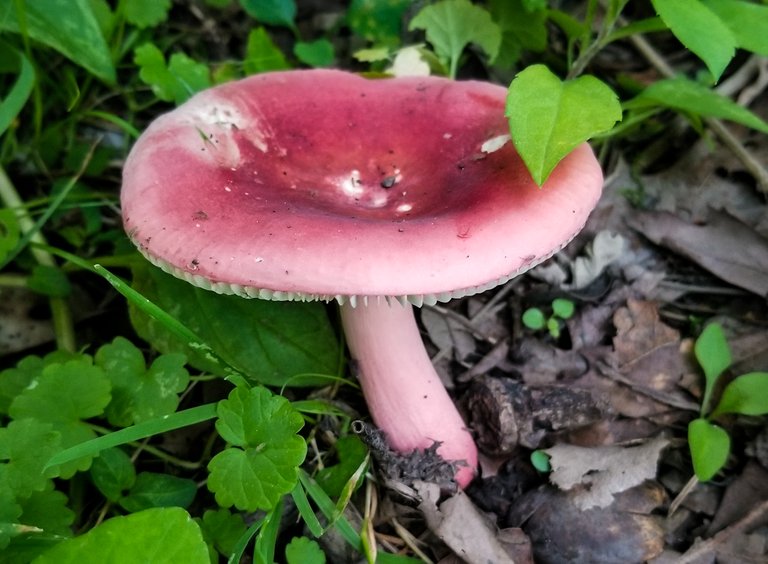
Look at this beauty, red cap and red stem.

I thought it might be a standard russula emetica but the pinkish red stem sets this one apart from the white stemmed emetica.
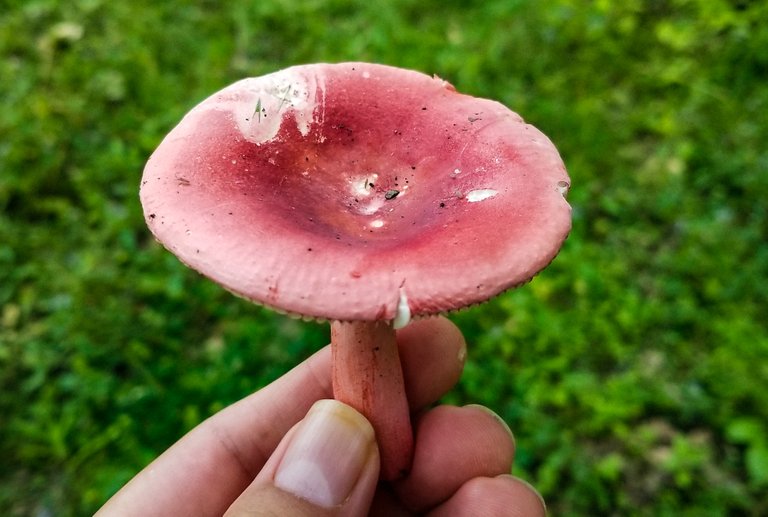
This guy is russula rosea, named after its rose like color on cap and stem. Sadly these are listed an inedible. I should have done a taste test nibble to see how bad it tasted.
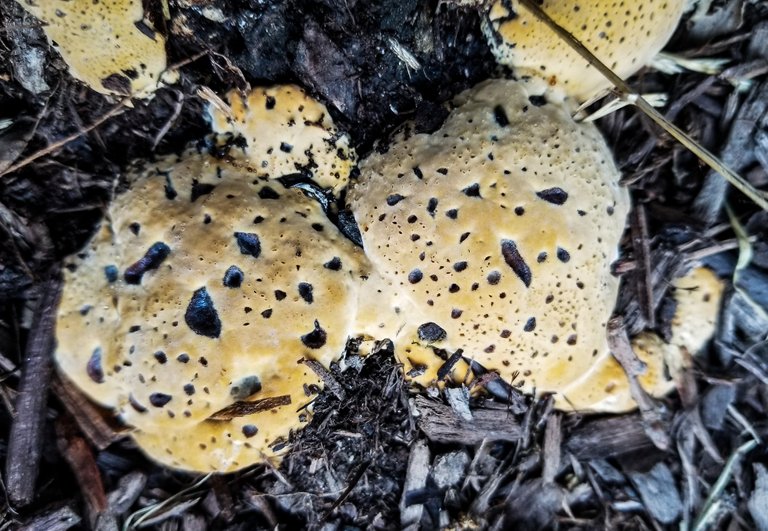
Now for a butt ugly deformed looking polypore lol. I have no idea what the ID is on this.
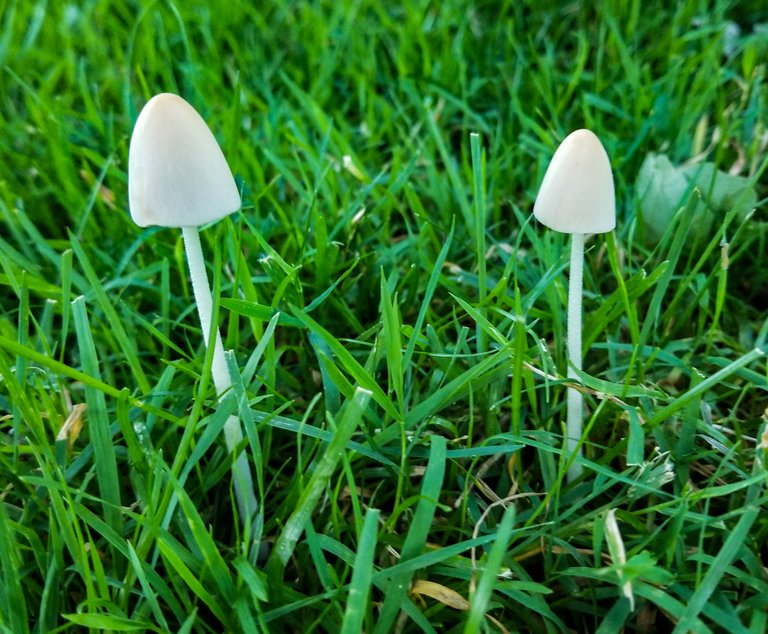
Here are some common lawn mushrooms probably ink caps of some kind. They are so common I have forgotten their latin name lol.
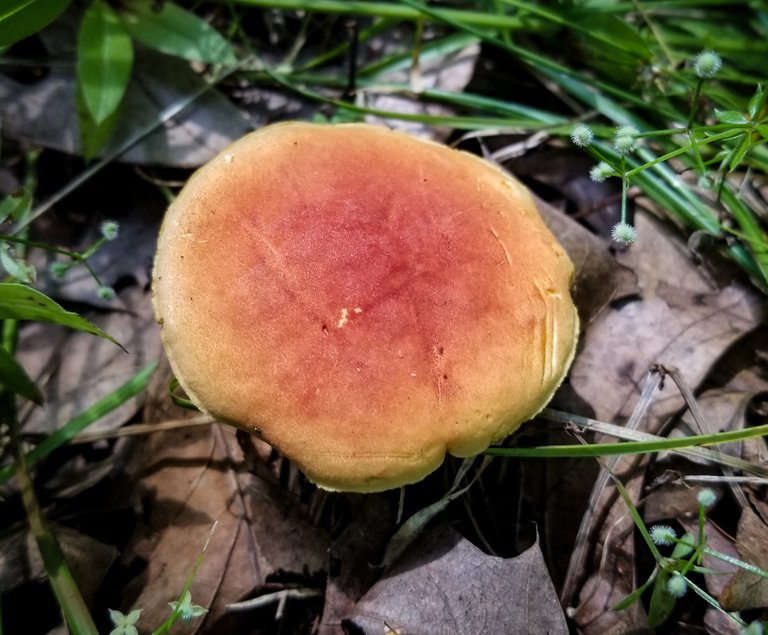
This bicolor bolete is a bit less common.

They have nice orange pores for gills. Sadly this one grew after a rain then got shriveled the next day before reaching its full potential.
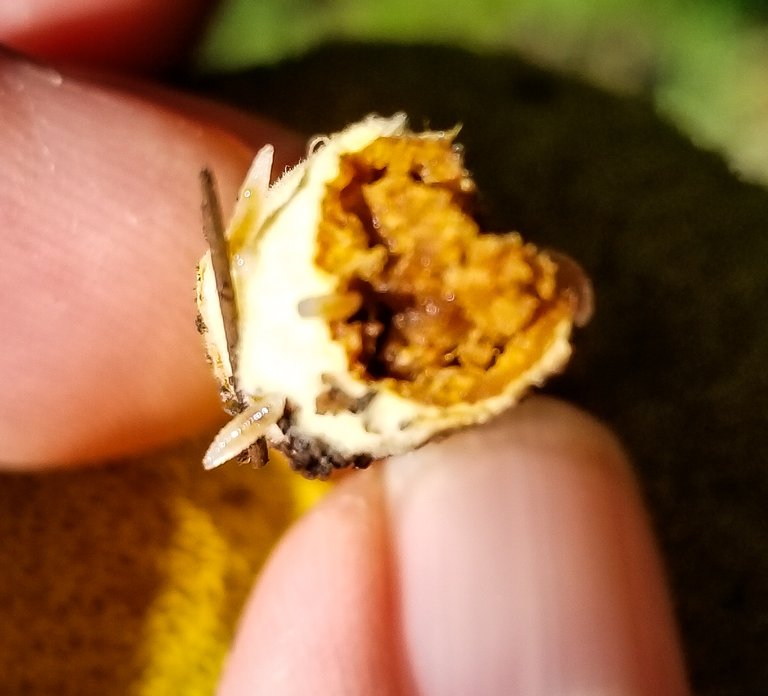
At least the maggots were happy to feast on its remains. The stems get hollowed out by these tiny worms.
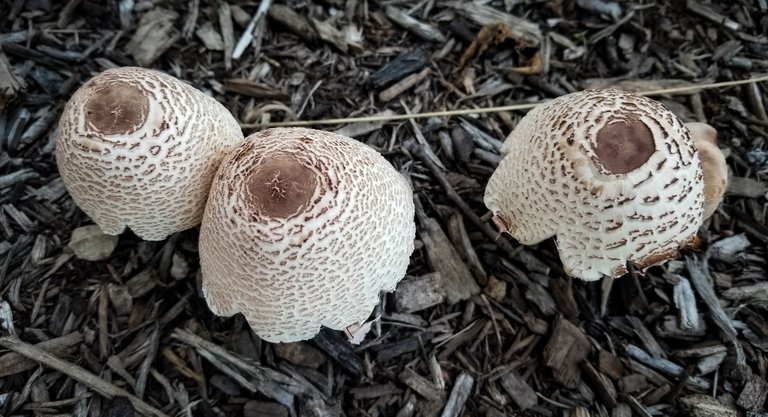
Now for some strange scaly mushrooms.
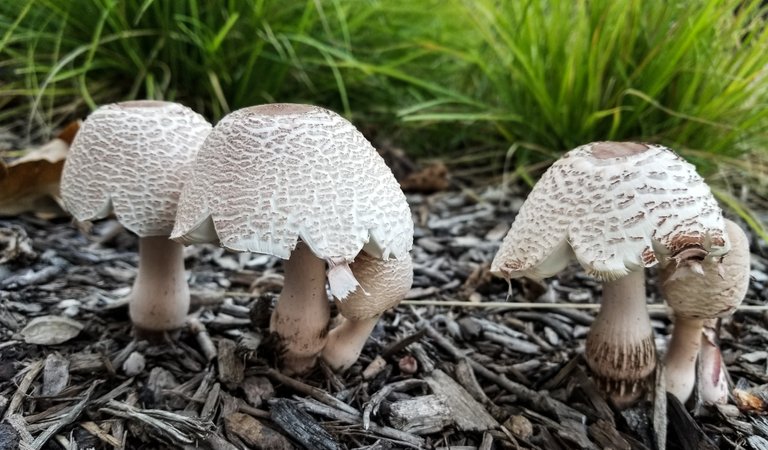
I have seen these before but can't get a good pin on their ID.
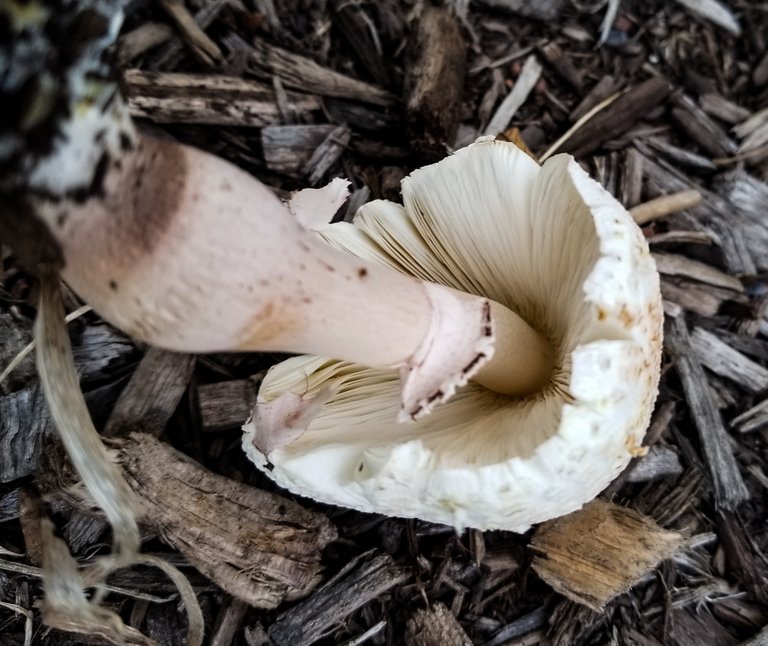
Initially I thought the might be
Chlorophyllum molybdites aka the sickener which is a poisonous parsol mushroom with green spores. The problem is tgese stems are way too fat and the scales are too pronounced for sickeners.
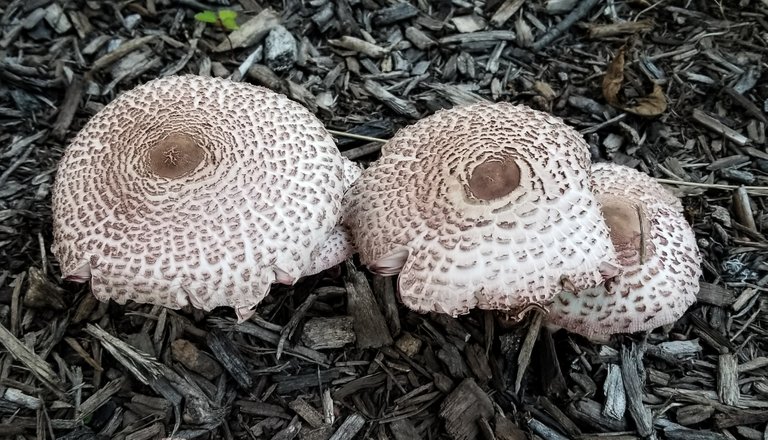
The next day their caps expanded quote a bit.
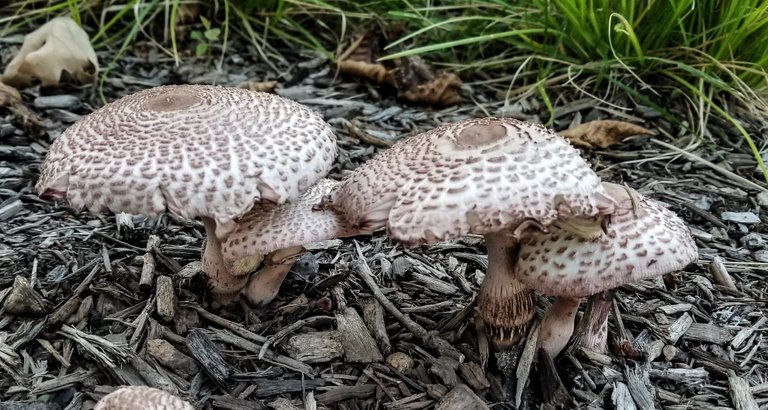
Look how rough and fat the stems are. More research is needed. Who knows they might be edible.
Here are a few of the many fungi I found this week for #fungifriday by @ewkaw
Happy #fungifriday :-)
When there are not enough mushrooms, I also take standard russula, red. It is a bit bitter but quite edible for soup
I'll have to give them a try, last year I found a green one hopefully it will grow again this year.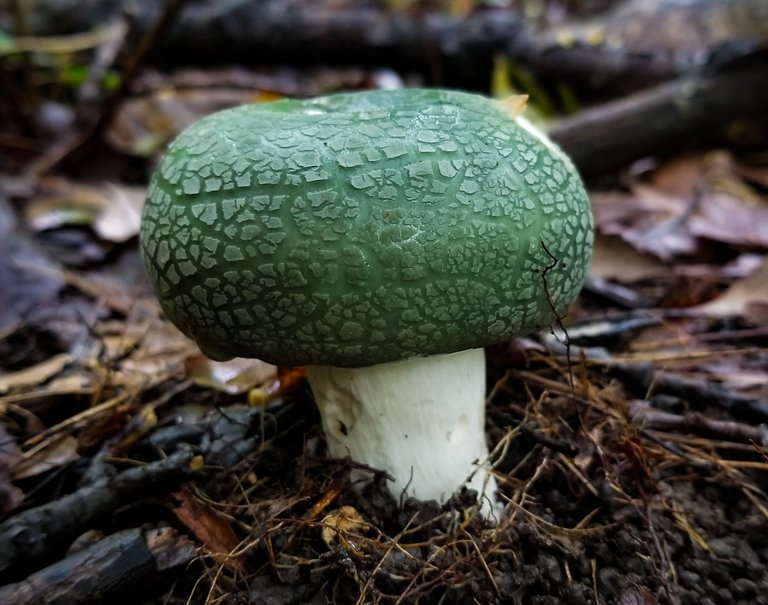
Wow! How beautiful! We don't have such bright colors, we have pale green ones. They are the highest quality to taste from this family
After a while this one turns pale green. I found it at its prime, these ones are often eaten raw.
Wonderful selection! The second shot is my favourite... I love shots of their gills! :)
One of the key features of identification :-)
Ahaaa... I didn't know that!
lots of details in the gills. Some gills are veiny, others don't attach to the stem, then some have gills that run down the stem.
Congratulations @sketch.and.jam! You have completed the following achievement on the Hive blockchain and have been rewarded with new badge(s) :
You can view your badges on your board And compare to others on the Ranking
If you no longer want to receive notifications, reply to this comment with the word
STOPTo support your work, I also upvoted your post!
Support the HiveBuzz project. Vote for our proposal!
What about reddening lepiota?
Hmm I think you hit the nail on the head. I'll go back and cut one to see if it reddens up.
this is so nice!! like this UFO - polypores. very very weird!
and the last one with barrel-esque fat stems is very enjoyable, too. good (photo) harvest this week, congratulations -- and happy Fungi Friday!
That one is a strange polypore, each year it bloats up after it rains then dries into a black mess. It never really forms a nice shape.
a few weeks ago I shoot some polupore too (1mm thick or less) -- did it just in despair ("no mushrooms around to shoot"). and it was not so picturesque as yours, maybe its no shape but at least it is some nice texture!
I know the despair of finding no new mushrooms during the winter :-( Just old polypores hanging around.
heh. yes! thats why we need to establish some foto-supplies to use later, during the wintertime :))
Super!
Thanks, now is the great time for all the summer mushrooms.
It will be very interesting for me to see your new photos of mushrooms!
I found a spicy one that burns the tongue for an hour if you taste it raw. It is totally edible but very spicy the only use for it is to dry it then make a powder and sprinkle it on things in place of black pepper. https://en.wikipedia.org/wiki/Lactifluus_piperatus
Thank you very much, very interesting!
Fabulous collection of fungi.
Thanks, I found lots of different ones growing after it rained a couple days here. I'll have to post the rest on #mushroommonday.
I've never found any but I came on the lapiota in the guide book while researching blushers.
I see the Blusher in great numbers and they are an edible. Only problem is there's a Poison Lapiota that's so similar that they say it's not a beginners mushroom. I'm going to do a post about it. See if anyone else has checked them out. The Poison Lapiota
I have found the poison Chlorophyllum molybdites aka false parasol or vomiter quite a few times but their stems are quite a bit skinnier. I'm too scared to try any blushers since I might mix it up with a panther cap lol.
The Chlorophyllum molybdites look a lot like the redding lepiota in the pics.
The panther cap, (that's the poison lepiota) doesn't blush. There's a few other distinguishing characteristics as well, but I know what you mean about being to afraid to try them.😬
I went back and cut them and they did redden a bit. They were a bit dry already though. The main problem with these mushrooms is I always find them in mulch landscaping which probably means there are pesticides and other toxins absorbed into them. Maybe one day I'll find a few out in the forest that are good enough to try eating.
If they're dry they won't discolor as much? I was all set to try a blusher. All the defining features were there but I cut it open and it didn't turn pink. It might have been dry...
Apparently that's where winecaps are found most often and the sources say the same thing about pesticides. Probably not a good idea to eat them.